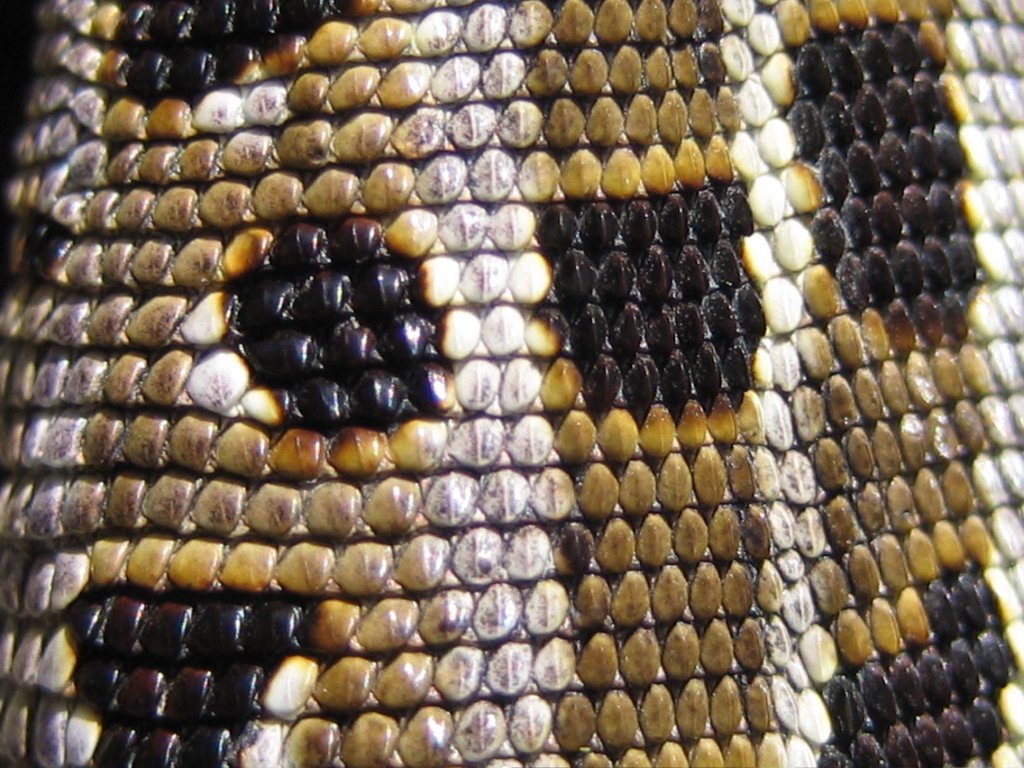|
Proscelotes
''Proscelotes'' is a genus of skinks. The genus is endemic to Africa."''Proscelotes'' ". The Reptile Database. www.reptile-database.org. Species The genus ''Proscelotes'' contains the following three species. *''Proscelotes aenea'' – montane skink *'' Proscelotes arnoldi'' – Arnold's montane skink *''Proscelotes eggeli'' – Usambara five-toed skink ''Nota bene'': A binomial authority In taxonomy, binomial nomenclature ("two-term naming system"), also called nomenclature ("two-name naming system") or binary nomenclature, is a formal system of naming species of living things by giving each a name composed of two parts, bot ... in parentheses indicates that the species was originally described in a genus other than ''Proscelotes''. References Further reading * Branch, Bill (2004). ''Field Guide to Snakes and Other Reptiles of Southern Africa''. Third Revised edition, Second impression. Sanibel Island, Florida: Ralph Curtis Books. 399 pp. . (Genus ''Proscelotes'' ... [...More Info...] [...Related Items...] OR: [Wikipedia] [Google] [Baidu] |
Proscelotes Eggeli
''Proscelotes eggeli'', also known commonly as the Usambara five-toed skink, is a species of lizard in the family Scincidae. The species is endemic to Tanzania. Etymology The specific name, ''eggeli'', is in honor of a German army physician, "Dr. Eggel", who collected reptiles in Africa for Tornier. Beolens, Bo; Watkins, Michael; Grayson, Michael (2011). ''The Eponym Dictionary of Reptiles''. Baltimore: Johns Hopkins University Press. xiii + 296 pp. . (''Proscelotes eggeli'', p. 81). Habitat The preferred natural habitat of ''P. eggeli'' is forest. Reproduction ''P. eggeli'' has been reported to be oviparous and ovoviviparous Ovoviviparity, ovovivipary, ovivipary, or aplacental viviparity is a term used as a "bridging" form of reproduction between egg-laying oviparous and live-bearing viviparous reproduction. Ovoviviparous animals possess embryos that develop insi .... References Further reading * Broadley DG, Howell KM (1991). "A Check List of the Reptiles of Tan ... [...More Info...] [...Related Items...] OR: [Wikipedia] [Google] [Baidu] |
Proscelotes Arnoldi
''Proscelotes arnoldi'', also known commonly as Arnold's skink or Arnold's montane skink, is a species of lizard in the family Scincidae. The species is endemic to Africa."''Proscelotes arnoldi'' ". The Reptile Database. www.reptile-database.org. Sometimes called a legless skink, it has tiny reduced limbs. The front limbs are very small, and both fore-limbs and hind-limbs have reduced function and appear to be vestigial attachments for its lifestyle and habitat. Etymology The specific name, ''arnoldi'', is in honor of entomologist George Arnold (1881-1962) of the National Museum in Bulawayo, Zimbabwe.Beolens, Bo; Watkins, Michael; Grayson, Michael (2011). ''The Eponym Dictionary of Reptiles''. Baltimore: Johns Hopkins University Press. xiii + 296 pp. . (''Proscelotes arnoldi'', pp. 11-12). Description ''P. arnoldi'' is a small, slender skink, with a snout-to-vent length (SVL) of , and a diameter up to , with a short body compared to the long, comparatively thick tail. Its bo ... [...More Info...] [...Related Items...] OR: [Wikipedia] [Google] [Baidu] |
Proscelotes Aenea
''Proscelotes aenea'', also known as the montane skink, is a species of lizard. It is endemic to Mozambique. After not having been recorded for over 100 years, in 2021 it was reported to have been rediscovered from the coast near Lumbo, after scientists managed to determine the exact location of its broadly defined type locality Type locality may refer to: * Type locality (biology) * Type locality (geology) See also * Local (other) * Locality (other) {{disambiguation .... References Proscelotes Lizards of Africa Reptiles of Mozambique Endemic fauna of Mozambique Reptiles described in 1928 Taxa named by Thomas Barbour Taxa named by Arthur Loveridge {{skink-stub ... [...More Info...] [...Related Items...] OR: [Wikipedia] [Google] [Baidu] |
Skink
Skinks are lizards belonging to the family Scincidae, a family in the infraorder Scincomorpha. With more than 1,500 described species across 100 different taxonomic genera, the family Scincidae is one of the most diverse families of lizards. Skinks are characterized by their smaller legs in comparison to typical lizards and are found in different habitats except arctic and subarctic regions. Description Skinks look like lizards of the family Lacertidae (sometimes called ''true lizards''), but most species of skinks have no pronounced neck and relatively small legs. Several genera (e.g., '' Typhlosaurus'') have no limbs at all. This is not true for all skinks, however, as some species such as the red-eyed crocodile skink have a head that is very distinguished from the body. These lizards also have legs that are relatively small proportional to their body size. Skinks' skulls are covered by substantial bony scales, usually matching up in shape and size, while overlapping. Other ... [...More Info...] [...Related Items...] OR: [Wikipedia] [Google] [Baidu] |
Gaston-François De Witte
Content in this edit is translated from the existing French Wikipedia article at :fr:Gaston-François de Witte; see its history for attribution. Gaston-François de Witte (12 June 1897, Antwerp – 1 June 1980, Brussels) was a Belgian herpetologist who discovered and described at least 24 different species of reptiles. During his career, he was associated with the Royal Museum for Central Africa in Tervuren (from 1920) and the Museum of Natural Sciences in Brussels (from 1937). He is best known for his research of amphibians and reptiles found in the Belgian Congo, from where he collected thousands of specimens. While in central Africa, he also collected botanical specimens. Biography Gaston-François de Witte was the son of Henry de Witte and Jeanne della Faine de Leverghem, and the grand-son of Jean de Witte. As a child, he already liked natural science. During his scholarship at the Bénédictins of the Abbaye de Maredsours, Gaston-François met the british zoologist George A ... [...More Info...] [...Related Items...] OR: [Wikipedia] [Google] [Baidu] |
Lizard Genera
Lizards are a widespread group of squamate reptiles, with over 7,000 species, ranging across all continents except Antarctica, as well as most oceanic island chains. The group is paraphyletic since it excludes the snakes and Amphisbaenia although some lizards are more closely related to these two excluded groups than they are to other lizards. Lizards range in size from chameleons and geckos a few centimeters long to the 3-meter-long Komodo dragon. Most lizards are quadrupedal, running with a strong side-to-side motion. Some lineages (known as "legless lizards"), have secondarily lost their legs, and have long snake-like bodies. Some such as the forest-dwelling '' Draco'' lizards are able to glide. They are often territorial, the males fighting off other males and signalling, often with bright colours, to attract mates and to intimidate rivals. Lizards are mainly carnivorous, often being sit-and-wait predators; many smaller species eat insects, while the Komodo eats mammals ... [...More Info...] [...Related Items...] OR: [Wikipedia] [Google] [Baidu] |
Reptiles Of Africa
Reptiles, as most commonly defined are the animals in the class Reptilia ( ), a paraphyletic grouping comprising all sauropsids except birds. Living reptiles comprise turtles, crocodilians, squamates (lizards and snakes) and rhynchocephalians (tuatara). As of March 2022, the Reptile Database includes about 11,700 species. In the traditional Linnaean classification system, birds are considered a separate class to reptiles. However, crocodilians are more closely related to birds than they are to other living reptiles, and so modern cladistic classification systems include birds within Reptilia, redefining the term as a clade. Other cladistic definitions abandon the term reptile altogether in favor of the clade Sauropsida, which refers to all amniotes more closely related to modern reptiles than to mammals. The study of the traditional reptile orders, historically combined with that of modern amphibians, is called herpetology. The earliest known proto-reptiles originated around 31 ... [...More Info...] [...Related Items...] OR: [Wikipedia] [Google] [Baidu] |
French Language
French ( or ) is a Romance language of the Indo-European family. It descended from the Vulgar Latin of the Roman Empire, as did all Romance languages. French evolved from Gallo-Romance, the Latin spoken in Gaul, and more specifically in Northern Gaul. Its closest relatives are the other langues d'oïl—languages historically spoken in northern France and in southern Belgium, which French (Francien) largely supplanted. French was also influenced by native Celtic languages of Northern Roman Gaul like Gallia Belgica and by the ( Germanic) Frankish language of the post-Roman Frankish invaders. Today, owing to France's past overseas expansion, there are numerous French-based creole languages, most notably Haitian Creole. A French-speaking person or nation may be referred to as Francophone in both English and French. French is an official language in 29 countries across multiple continents, most of which are members of the '' Organisation internationale de la Francopho ... [...More Info...] [...Related Items...] OR: [Wikipedia] [Google] [Baidu] |
Binomial Nomenclature
In taxonomy, binomial nomenclature ("two-term naming system"), also called nomenclature ("two-name naming system") or binary nomenclature, is a formal system of naming species of living things by giving each a name composed of two parts, both of which use Latin grammatical forms, although they can be based on words from other languages. Such a name is called a binomial name (which may be shortened to just "binomial"), a binomen, name or a scientific name; more informally it is also historically called a Latin name. The first part of the name – the '' generic name'' – identifies the genus to which the species belongs, whereas the second part – the specific name or specific epithet – distinguishes the species within the genus. For example, modern humans belong to the genus '' Homo'' and within this genus to the species '' Homo sapiens''. '' Tyrannosaurus rex'' is likely the most widely known binomial. The ''formal'' introduction of this system of naming species is ... [...More Info...] [...Related Items...] OR: [Wikipedia] [Google] [Baidu] |
Nota Bene
(, or ; plural form ) is a Latin phrase meaning "note well". It is often abbreviated as NB, n.b., or with the ligature and first appeared in English writing . In Modern English, it is used, particularly in legal papers, to draw the attention of the reader to a certain (side) aspect or detail of the subject being addressed. While ''NB'' is also often used in academic writing, ''note'' is a common substitute. The markings used to draw readers' attention in medieval manuscripts are also called marks. The common medieval markings do not, however, include the abbreviation ''NB''. The usual medieval equivalents are anagrams from the four letters in the word , the abbreviation DM from ("worth remembering"), or a symbol of a little hand (☞), called a manicule or index, with the index finger pointing towards the beginning of the significant passage.Raymond Clemens and Timothy Graham, Introduction to Manuscript Studies (Ithaca: Cornell University Press, 2007), p. 44. S ... [...More Info...] [...Related Items...] OR: [Wikipedia] [Google] [Baidu] |




